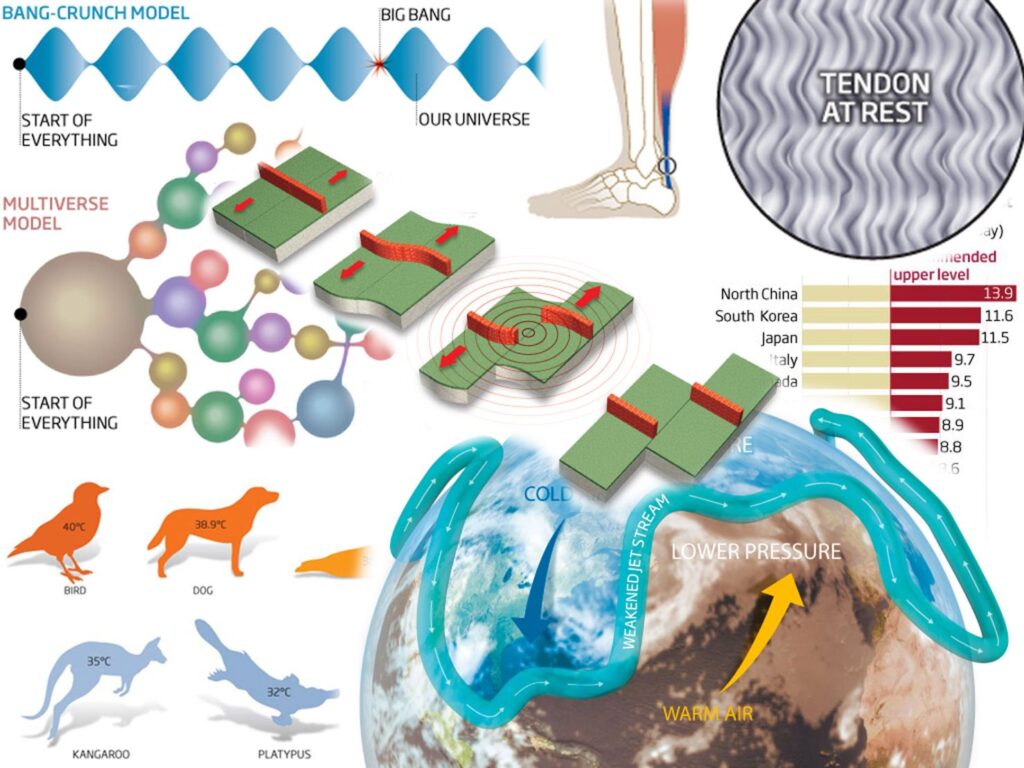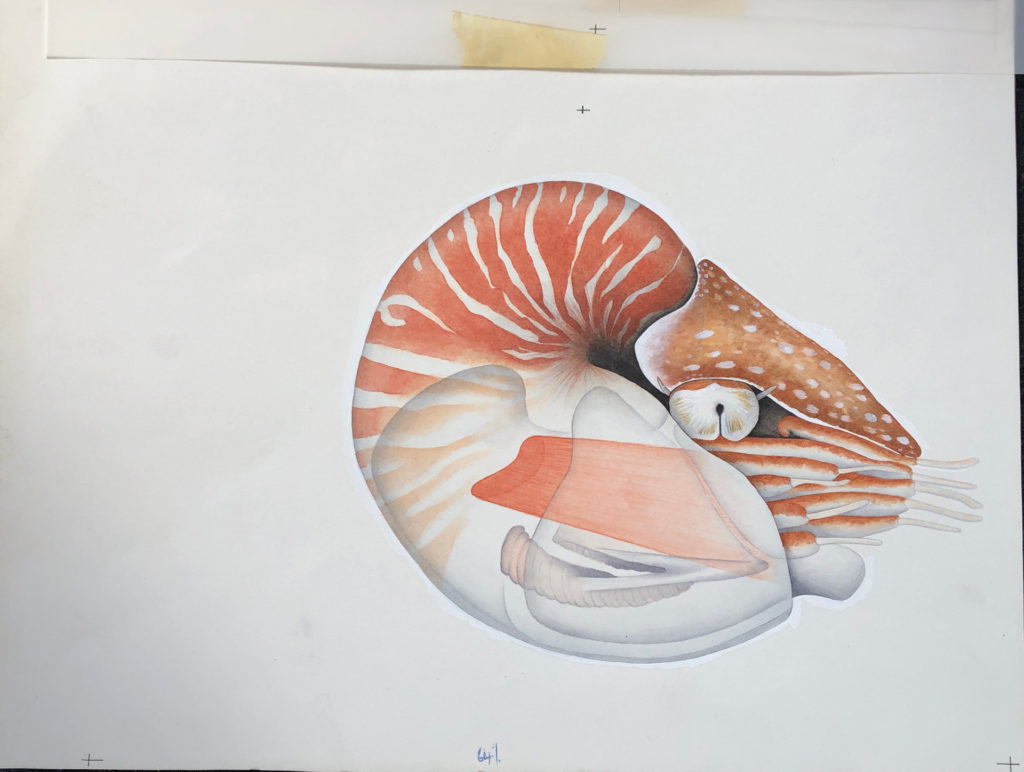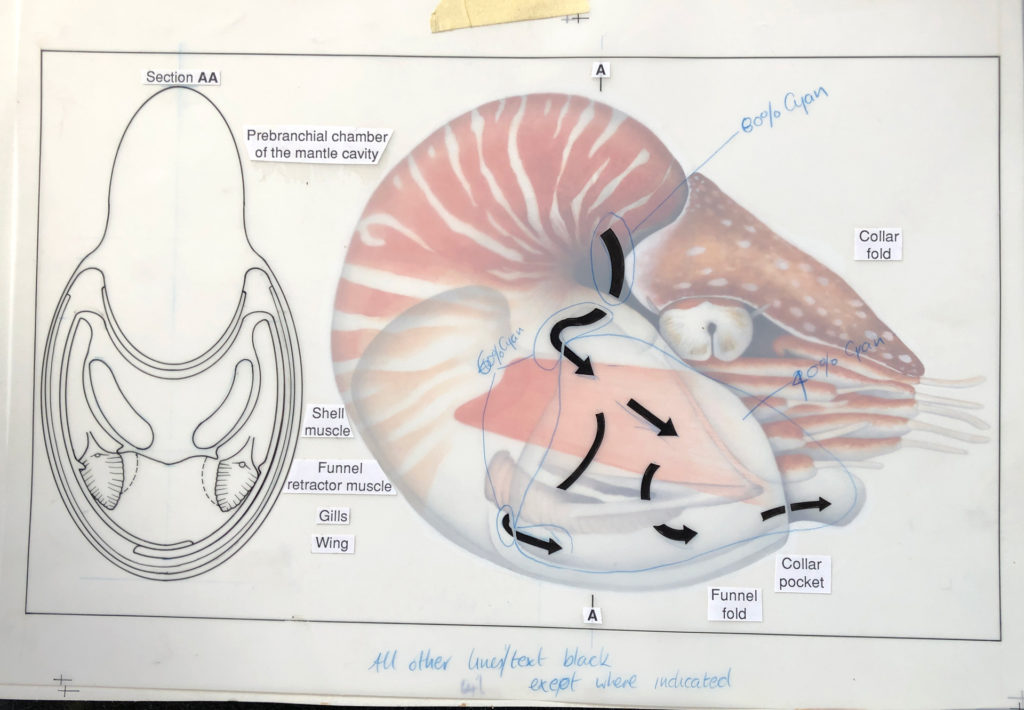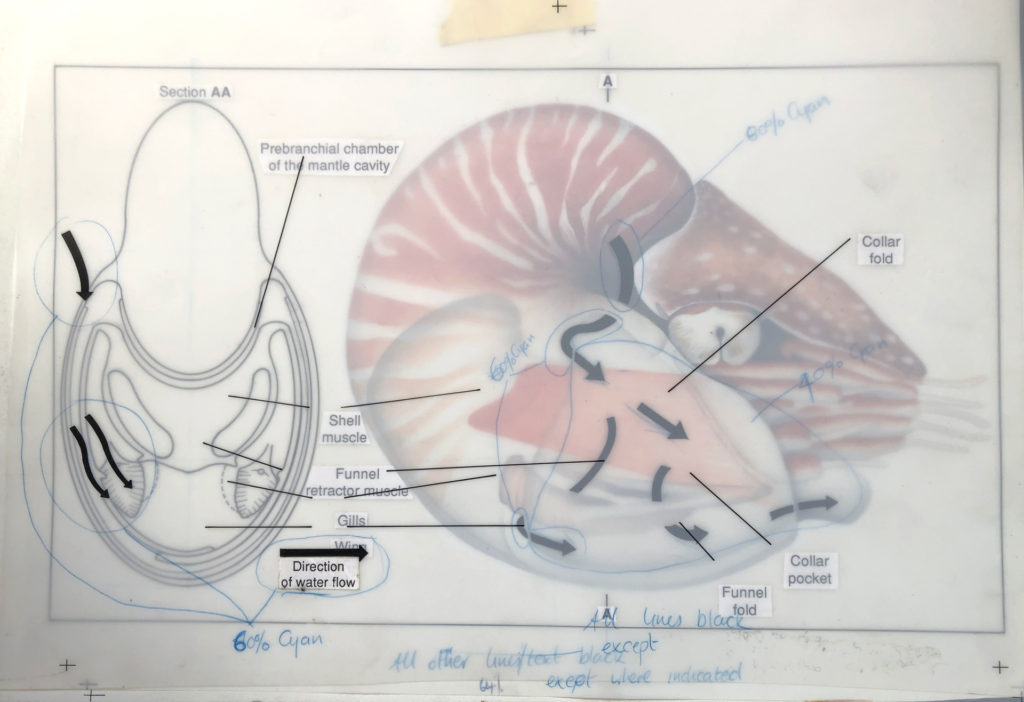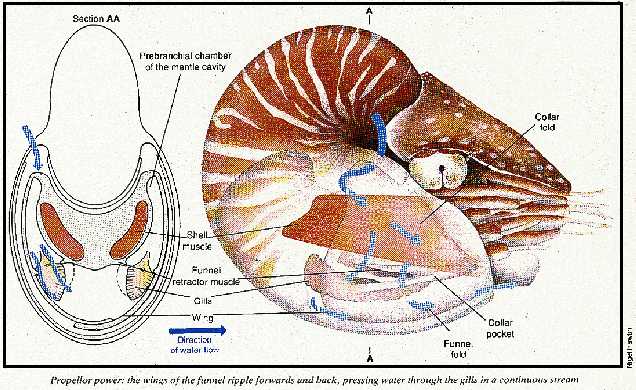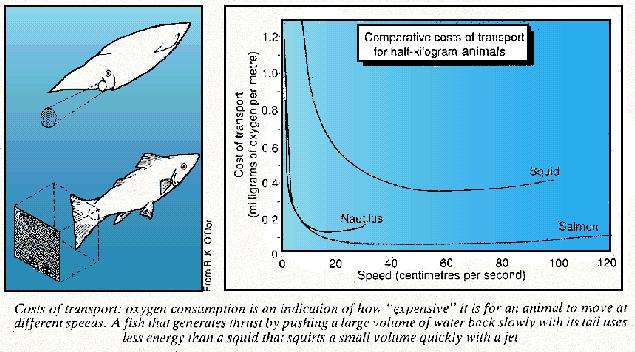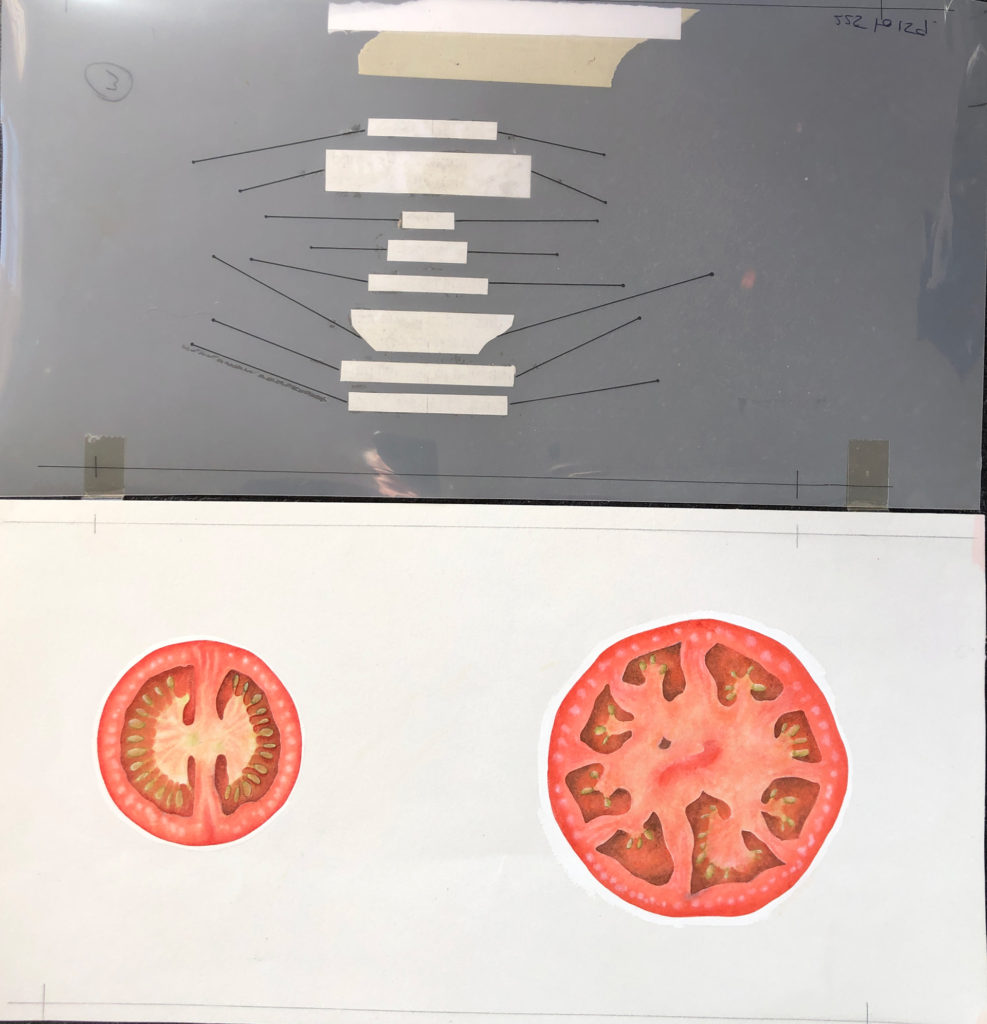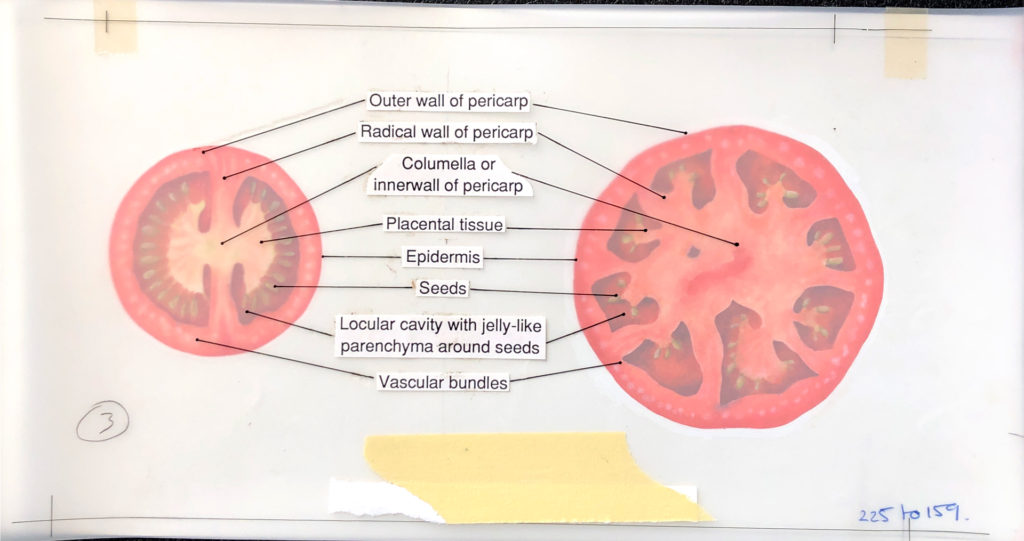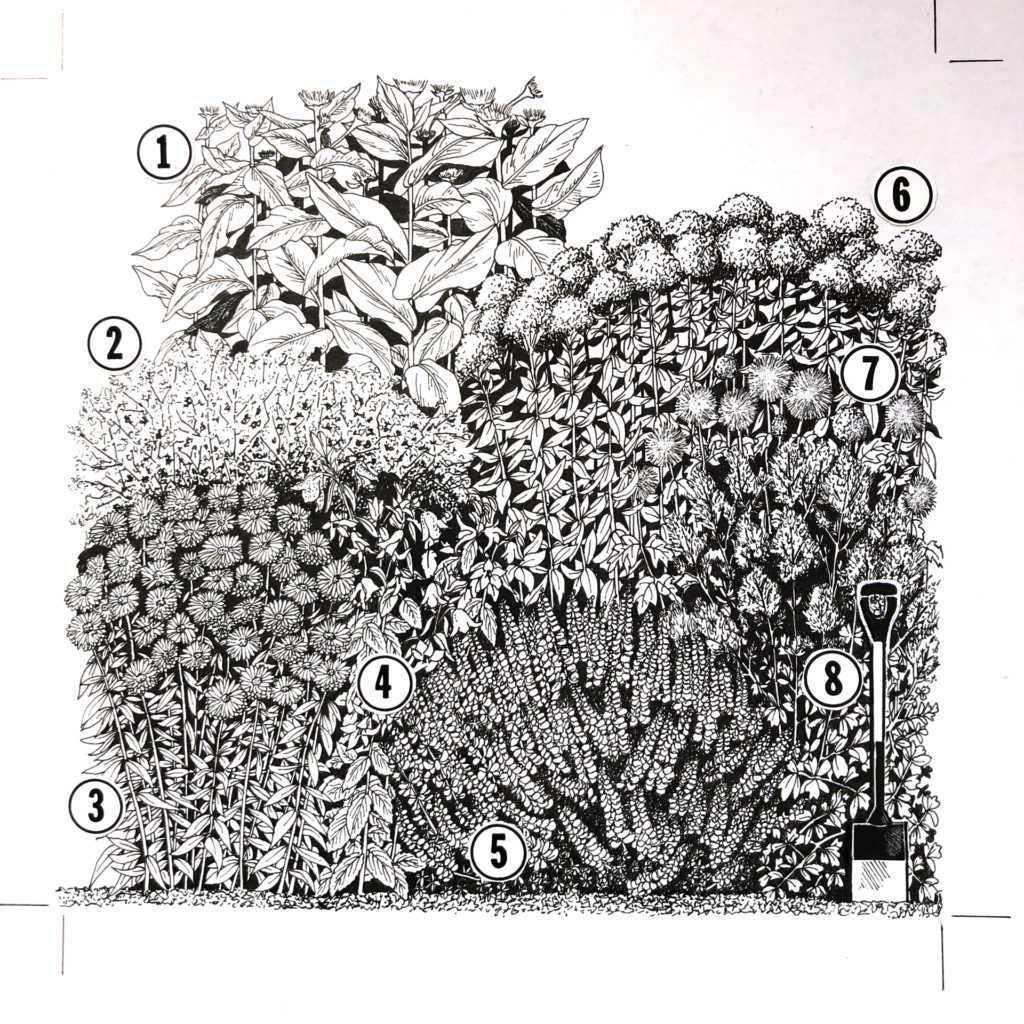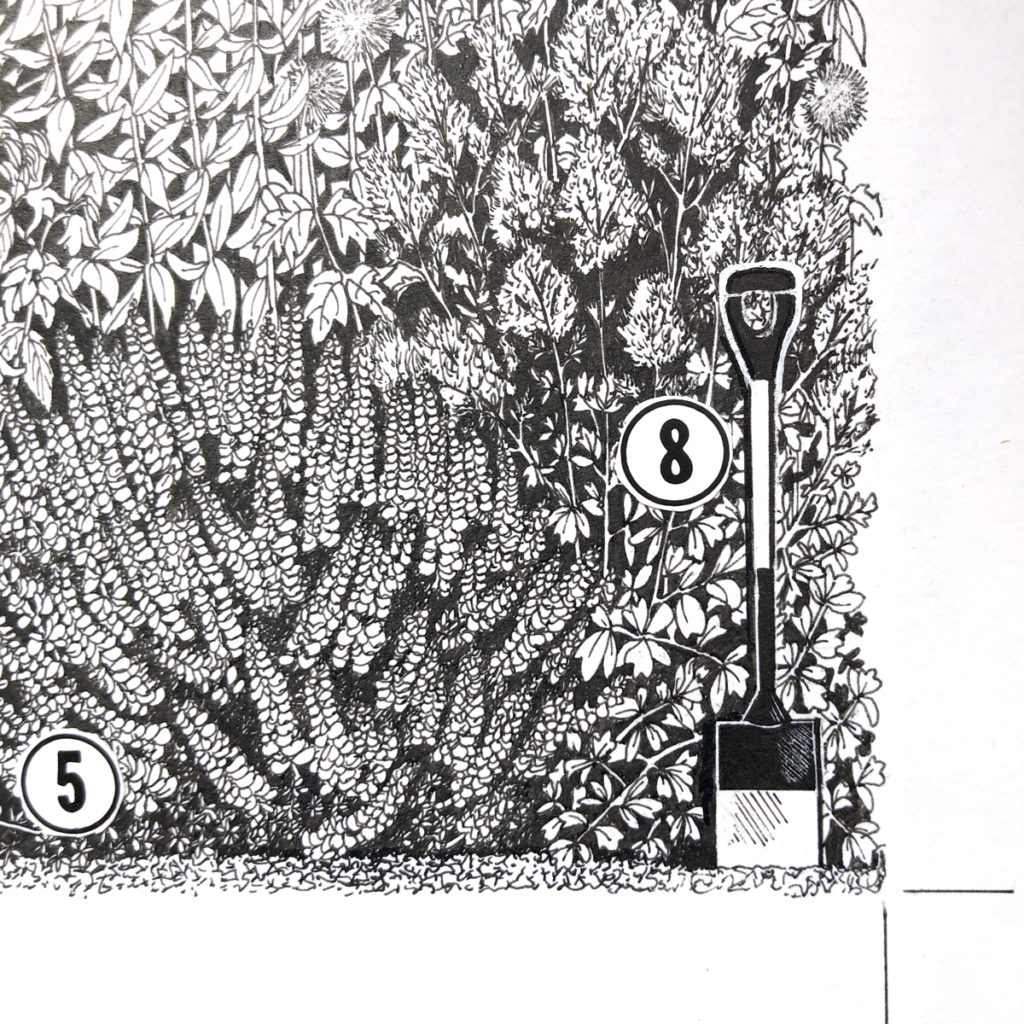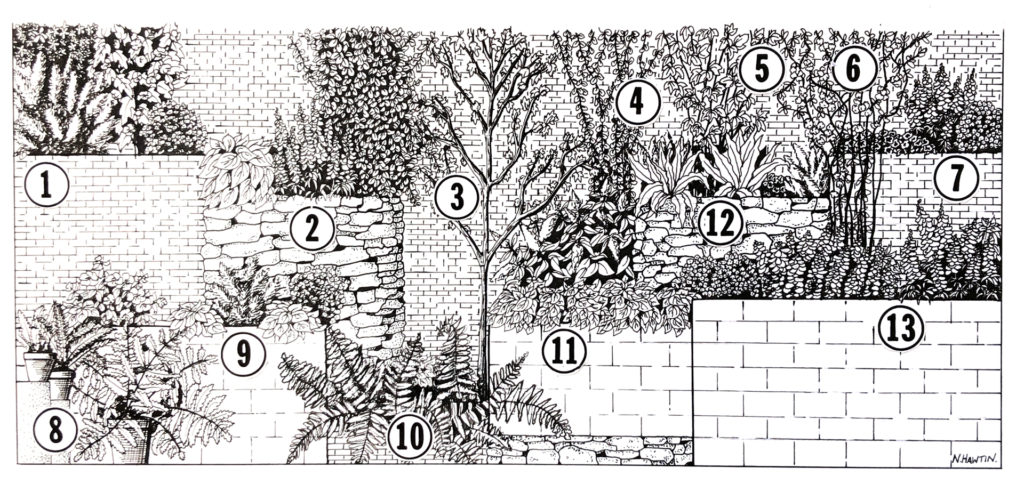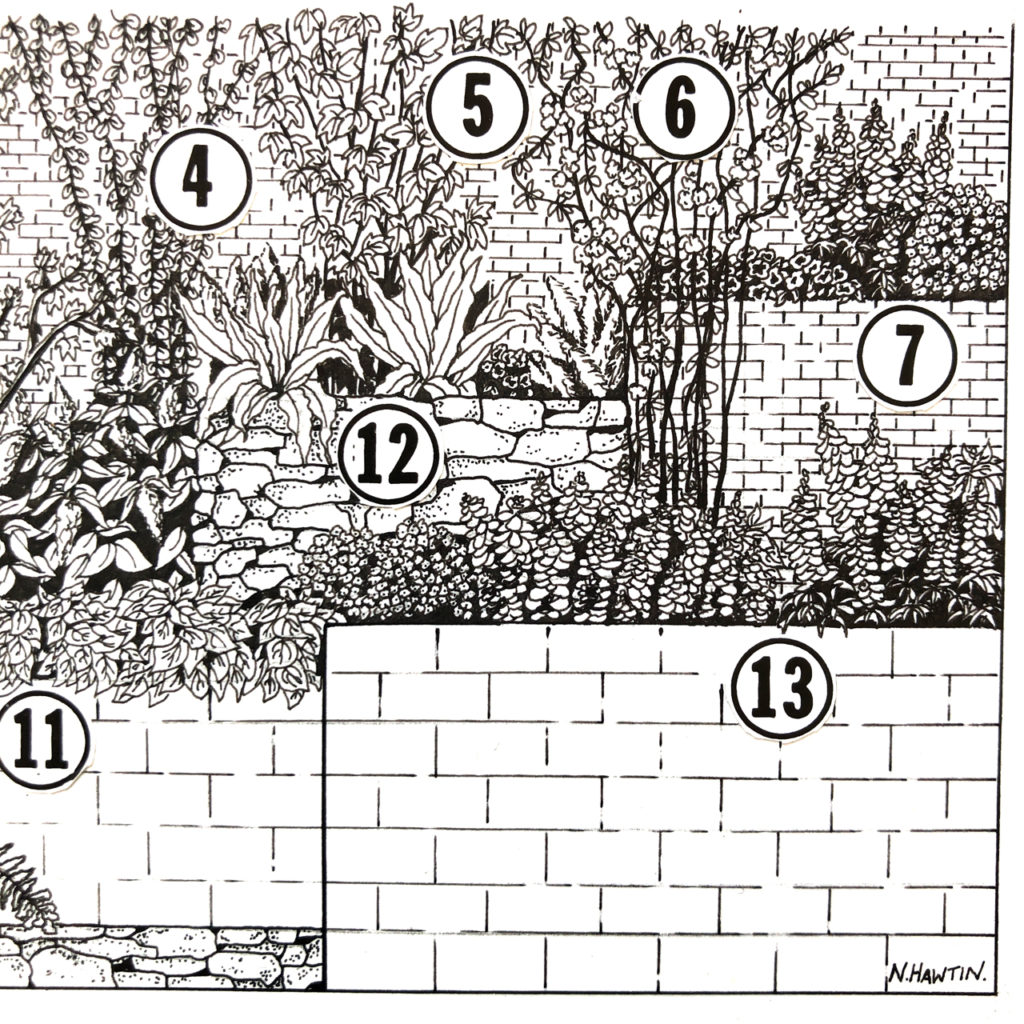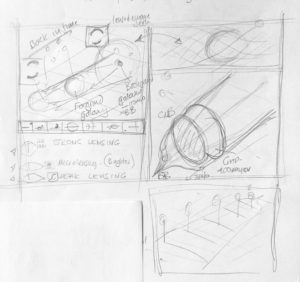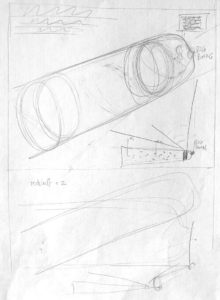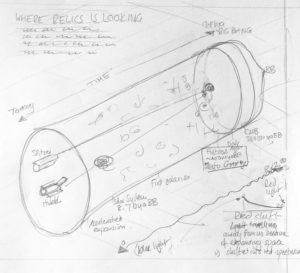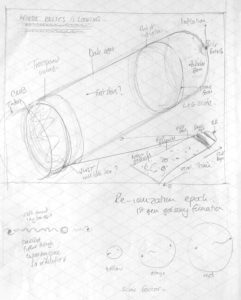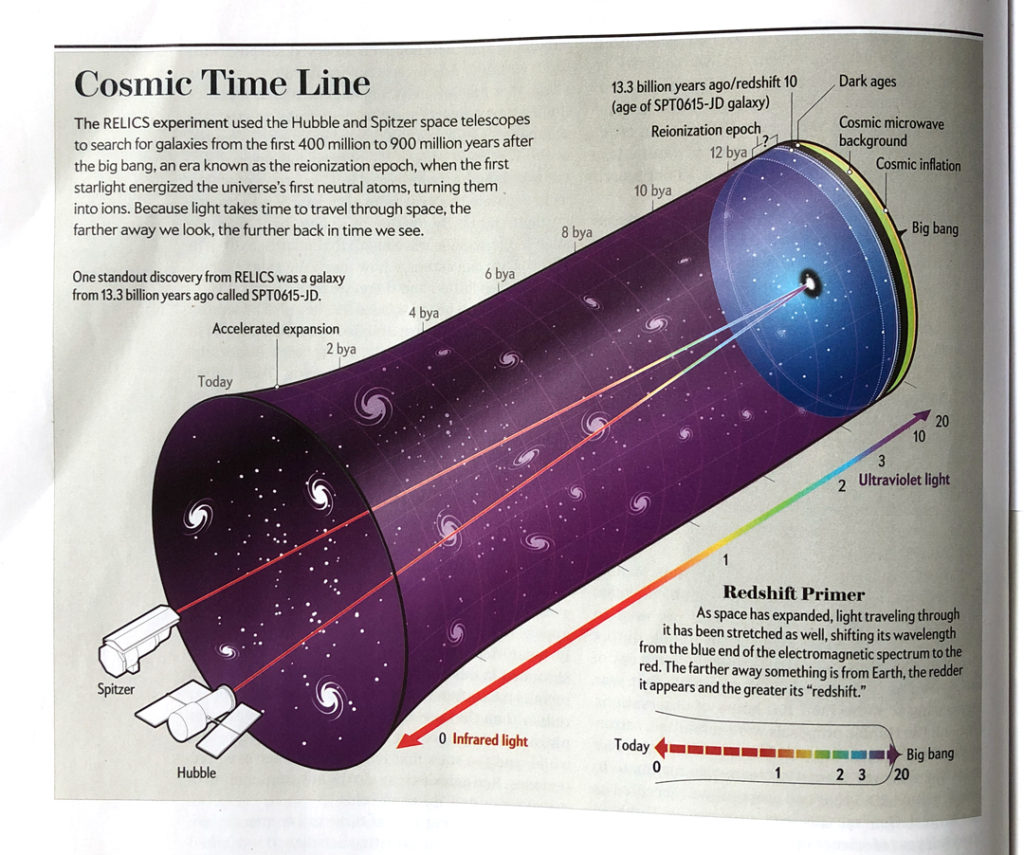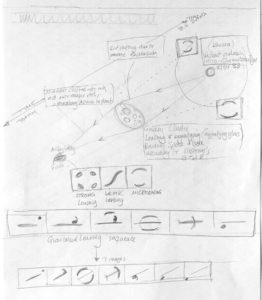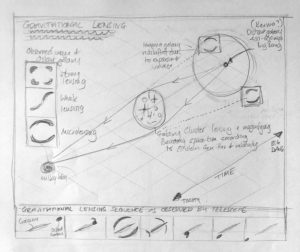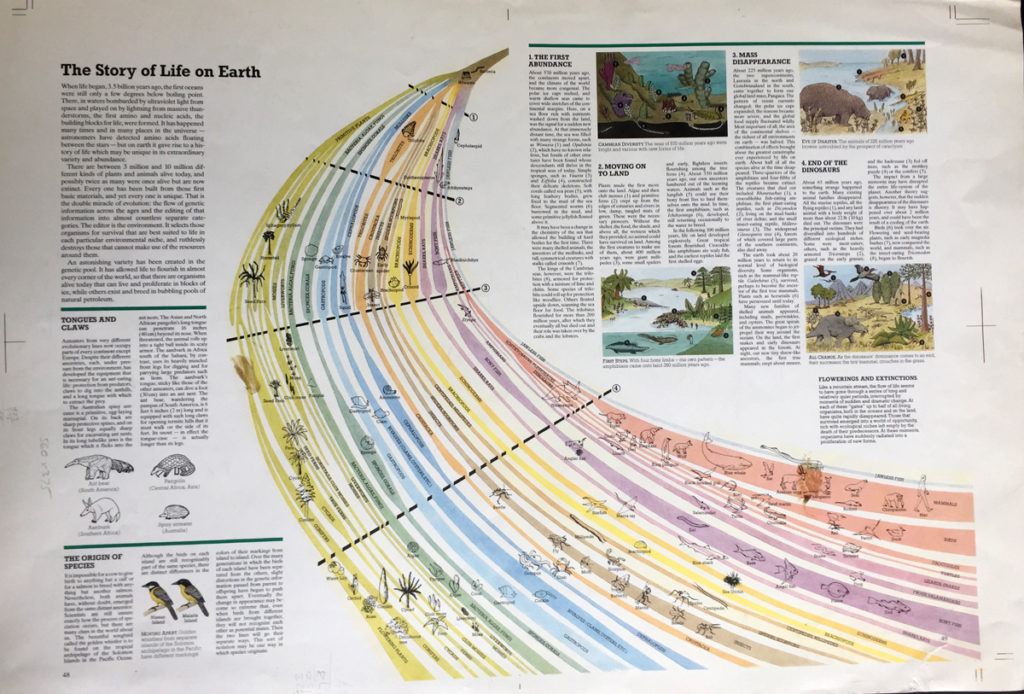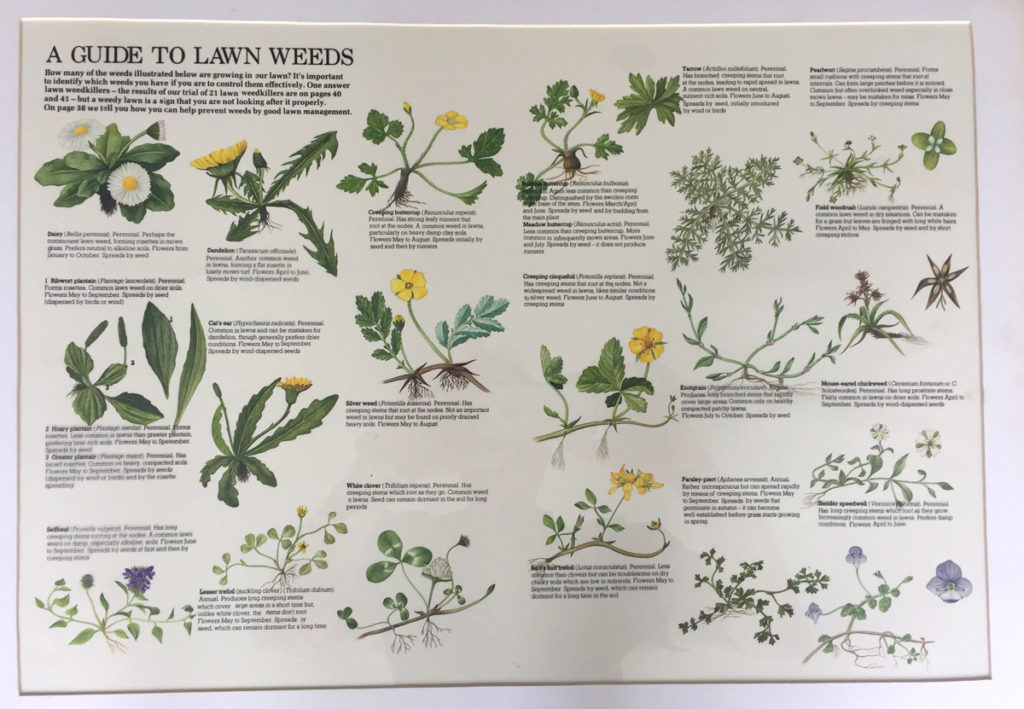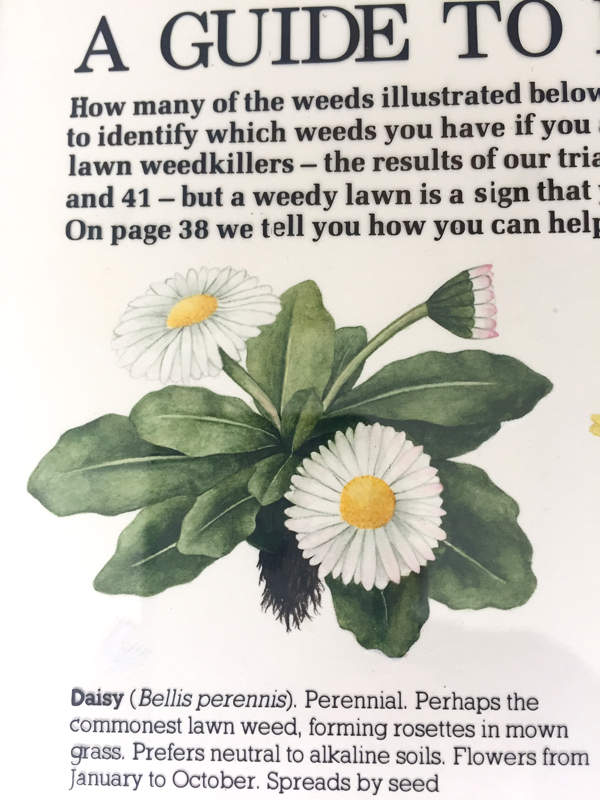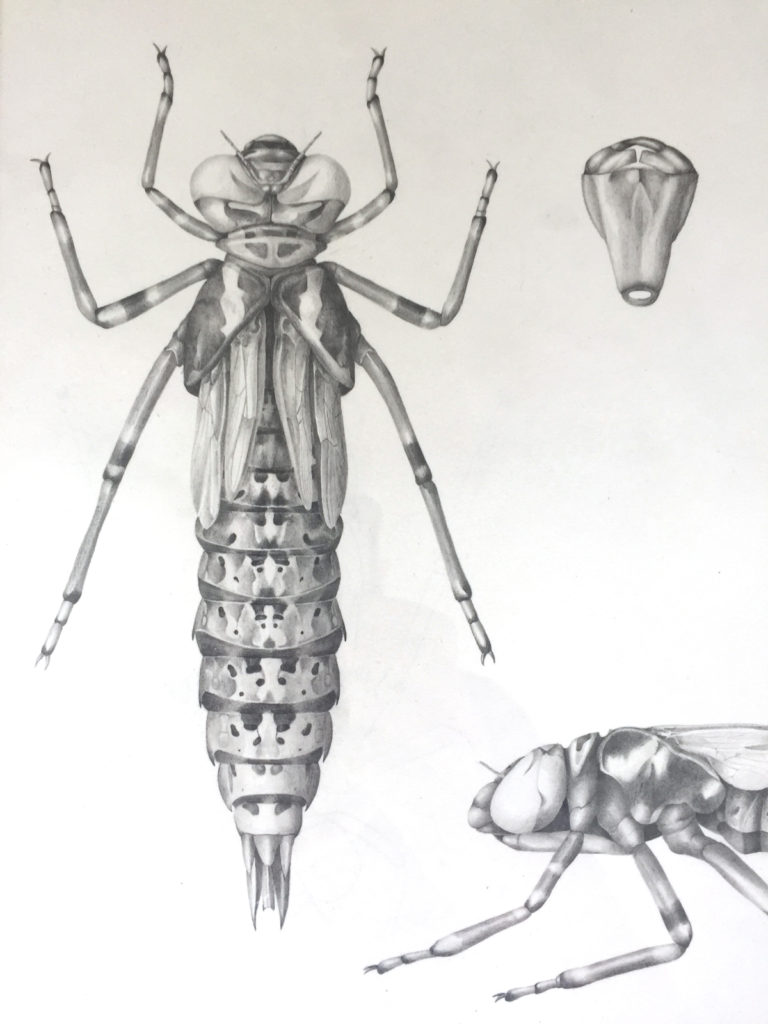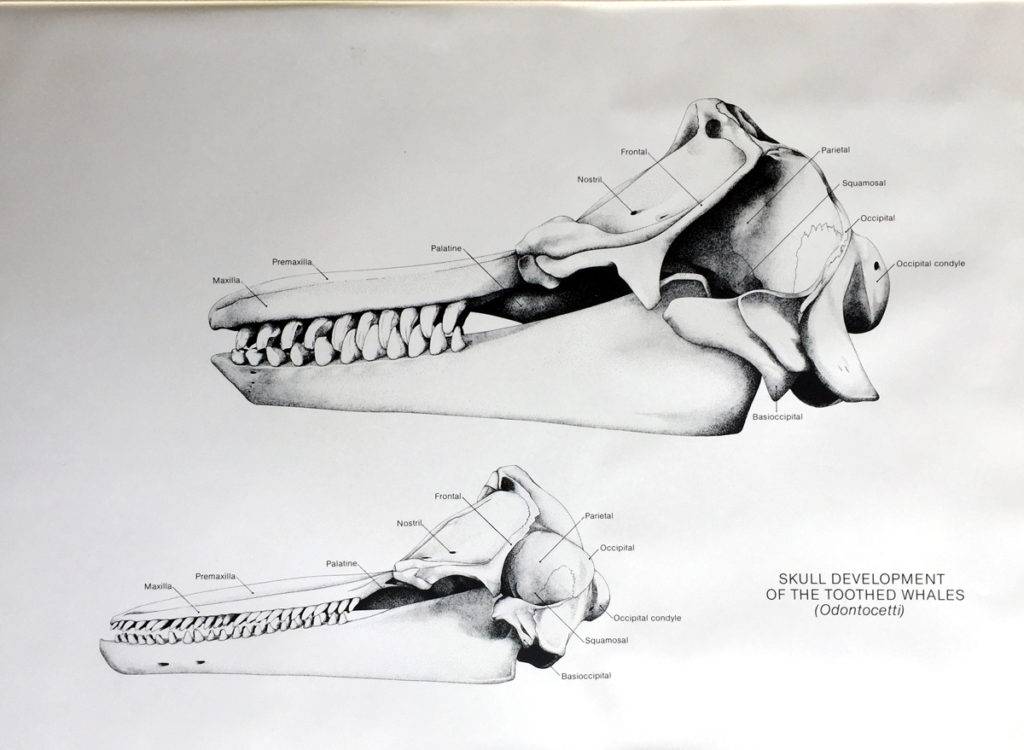Late in January the 1st edition of the “State of Carbon Dioxide Removal” report was published.

This report compiles a first estimate of the total CDR being deployed (2 GtCO2/yr), and is a global assessment of the current state of CDR and the gap we need to close to achieve the Paris temperature goal. Full report is here stateofcdr.org
I has the privilege of working with the scientists and experts from all the institutions as well as Angela Morelli and getting this important information out there in an accessible and visual way.
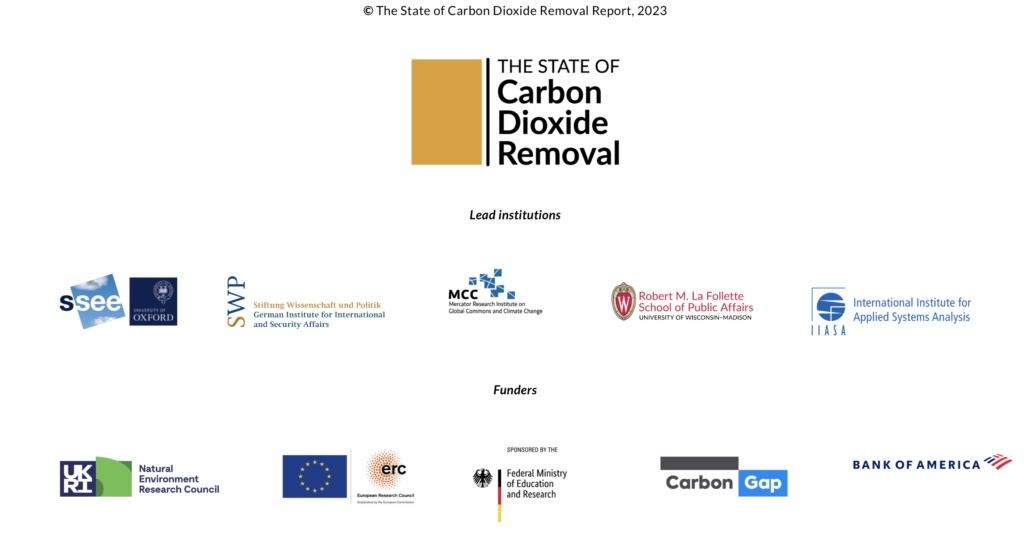
Here are a selection of the graphics from the report.
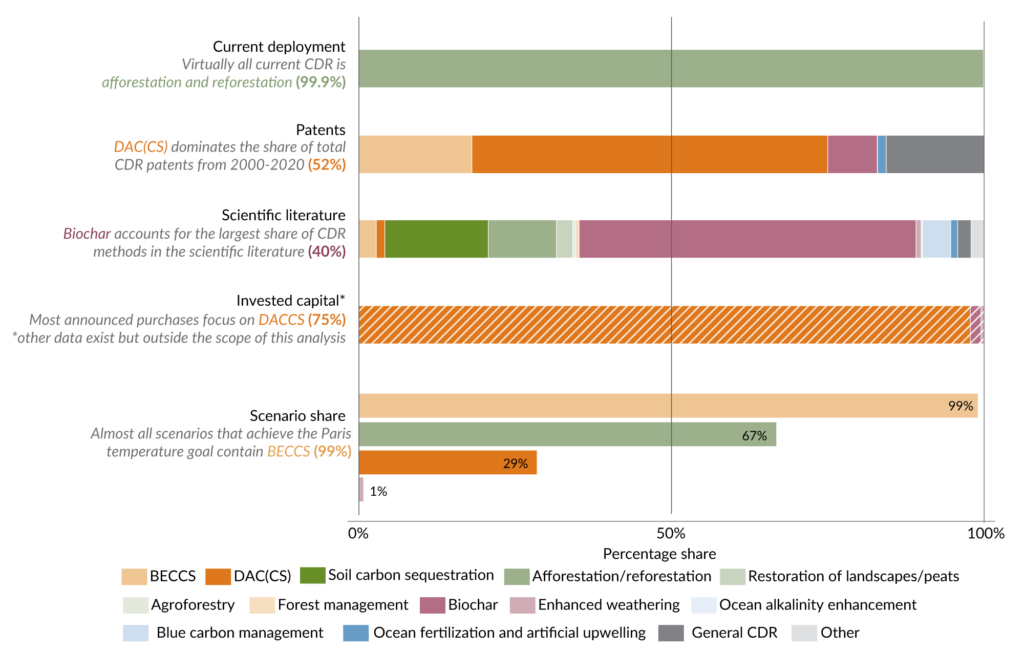
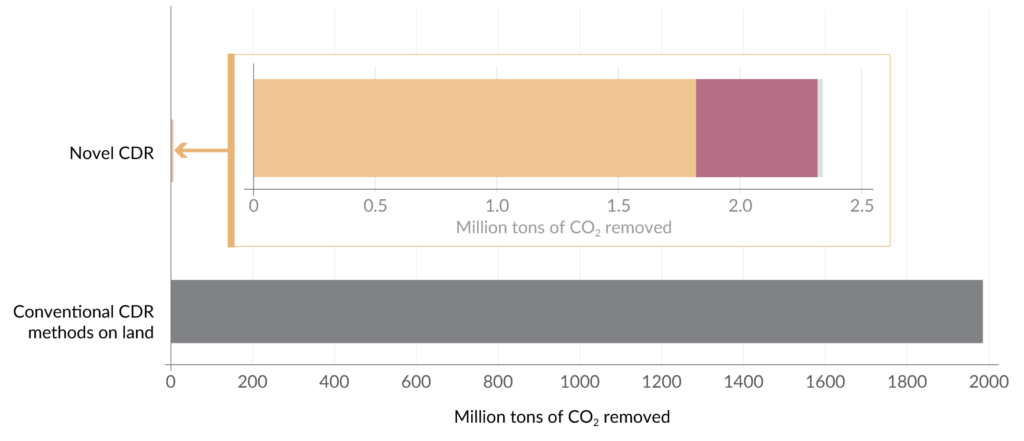
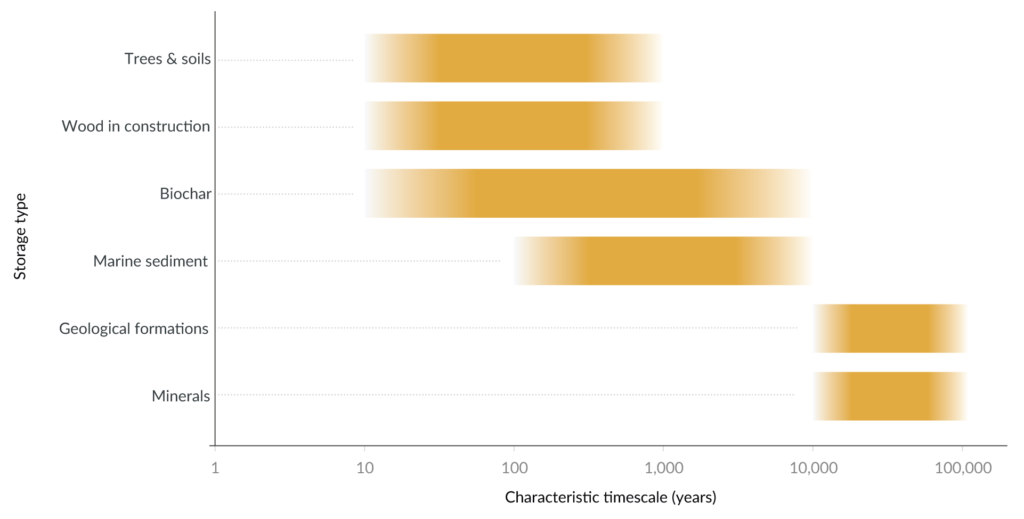
Many more in the report
Many thanks for all the comments on social media about the graphics, including my favourite comment 😉
“If you are the one who designed the graphics used today in the State of Carbon Dioxide Removal report launch then kudos for creating clear and compelling visual teaching tools”
Thank you!
04/03/2023

